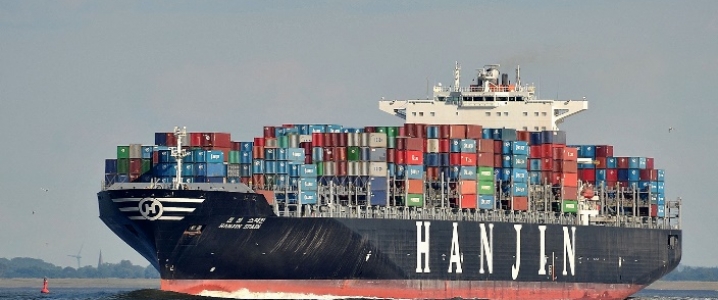People have conceived of linking the gulf of Thailand with the Andaman sea for around 300 years but, as of yet, such plans have remained firmly in the realm of fantasy. Dividing the peninsula of Thailand is obviously a massive undertaking, which is certain to have its proponents and opponents, past, present and future. Reasons for opposition are myriad, including irreversible damage to local communities, insurmountable expenditure, and even the division of the country itself. In recent years, the problem has not merely been the absence of political will, but rather direct opposition from the Monarch himself. This opposition has kept the construction of the Kra canal firmly on the drawing board. Now, after yet another resurgence from its proponents, this project could be closer than ever to becoming reality.
Whilst Thailand’s junta has stated that the project is not a priority, talks are well underway and many concerns have already been addressed. Fears of Thailand's division have not only been allayed, but there is weight to the argument that economic development will have the effect of easing tensions in the breakaway south. Two birds with one stone then. The political opposition has been reversed with the current monarch reportedly in favor of the project, and there have been offers to finance the project, most notably in the Chinese private sector.
The project’s cost is estimated at $28bn, with a further $22bn earmarked for a special economic zone. This level of investment will have a positive effect on the local communities, as will the knock-on effect of upgraded infrastructure that will be borne from keeping both sides of the canal well connected. Such a requirement will surely be a prerequisite to the project being given the go ahead. The canal would require to generate $4.57m in revenue per day to pay for itself within 20 years. This equates to an estimated price of $115,000 per passage, assuming a throughput of 40 ships per day. What then, does this mean for shipping in the region?
Ships currently wishing to make passage between the Indian and Pacific Oceans must negotiate the straits of Malacca, Sunda or Lombok. Today, the journey from Saudi Arabia to China takes 30, 32 and 33 days respectively, with fuel consumptions of 1500 ($600,750), 1600 ($640,800) and 1650 ($660,825) tons, at today’s prices. The Kra canal would mean savings of 2-3, 4-5 and 5-6 days, which equates to between $40,000 and $120,000 in fuel per trip. Despite the savings in time and associated running costs, there doesn't seem to be much in the way of financial incentives for shipping companies to use the canal. There is also the processing time of passage to be taken into account. Economic benefits to Thailand notwithstanding, there seems to be little to gain from the canal's construction. Analysis of shipping trends however, may paint a different picture. Related: Audi Unveils Its Flying Smart-Car
VLCC traffic along the strait of Malacca rose to an all-time high of 84,456 ships in 2017, a figure that shows no sign of falling. This rise could ultimately lead to traffic exceeding capacity, although it is worth mentioning that this assumes a consistent rise in SEA exports. Should that be the case, a canal at Kra would serve to alleviate this strain by expanding capacity across the entire shipping route as opposed to simply poaching traffic and revenue from the straits at Singapore and Malaysia, which is currently a major concern for both nations. Perhaps the greatest upside though, is the issue of piracy. The canal would result in a greatly decreased risk of attacks, not only to those ships passing the canal, but also to shipping as a whole. This is due to the fact that the resulting reduction in straits traffic would make policing the waters more manageable.
It seems then, that the benefits of the Kra canal are only very long term, as well as being contingent on many factors that are far from certain. The financial benefits to shipping are negligible, even assuming that oil prices don’t fall below current levels, which begs the question of why investors would seriously consider such an undertaking. After 300 years of a complete lack of progress, the success of this project is still far from certain.
By Gary Norman for Oilprice.com
More Top Reads From Oilprice.com:
- Is Another Oil Price War Looming?
- How Oil Drives The South China Sea Conflict
- The Shale Boom: 100 Million Years In The Making



















For sure China would be the main player in this.
There are 3 alternatives to Kra; all comparable in cost. For Panama and Suez, there are are only Cape Horn and Cape of Good Hope, both hugely more expensive. This project is a bad idea